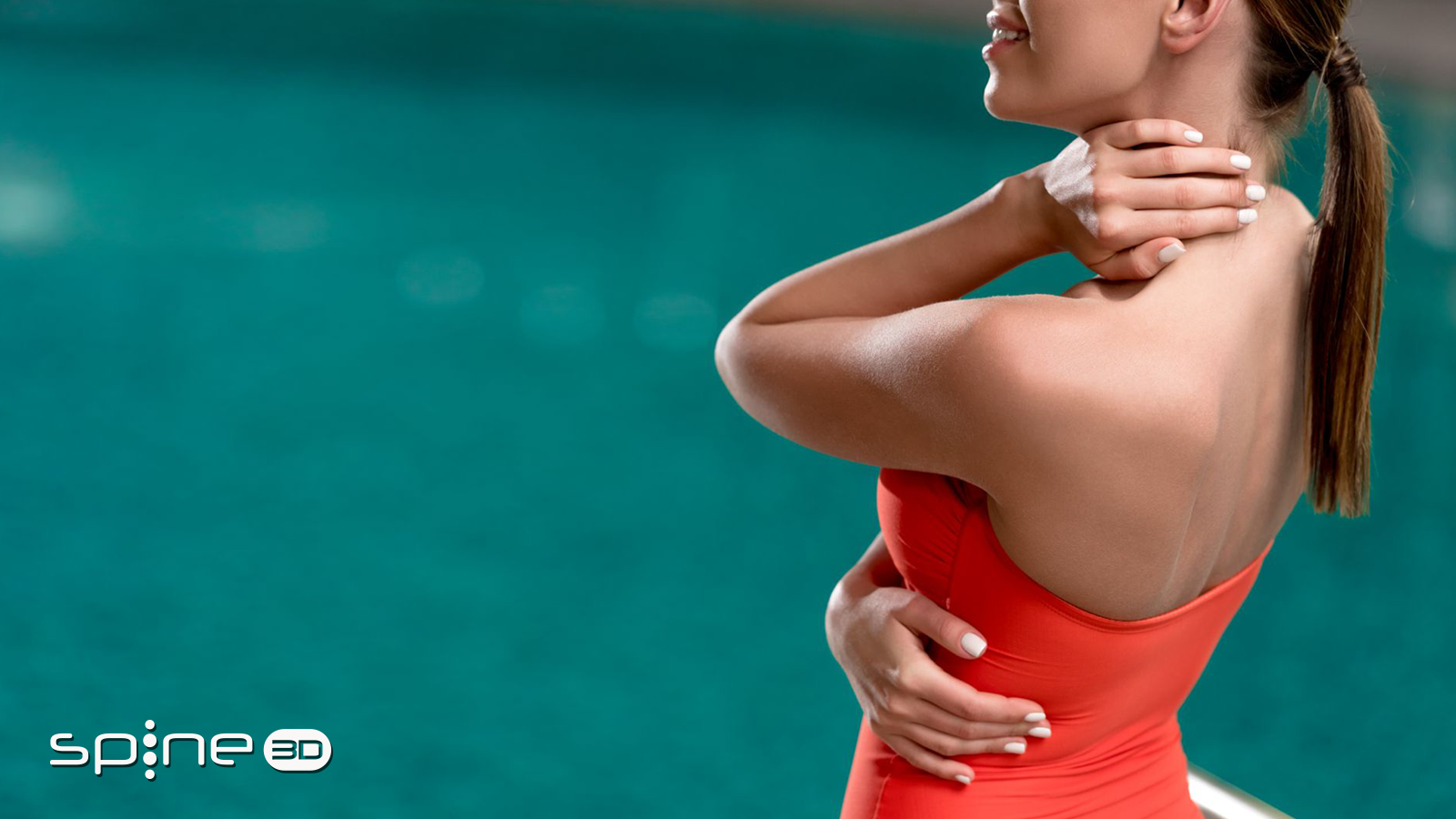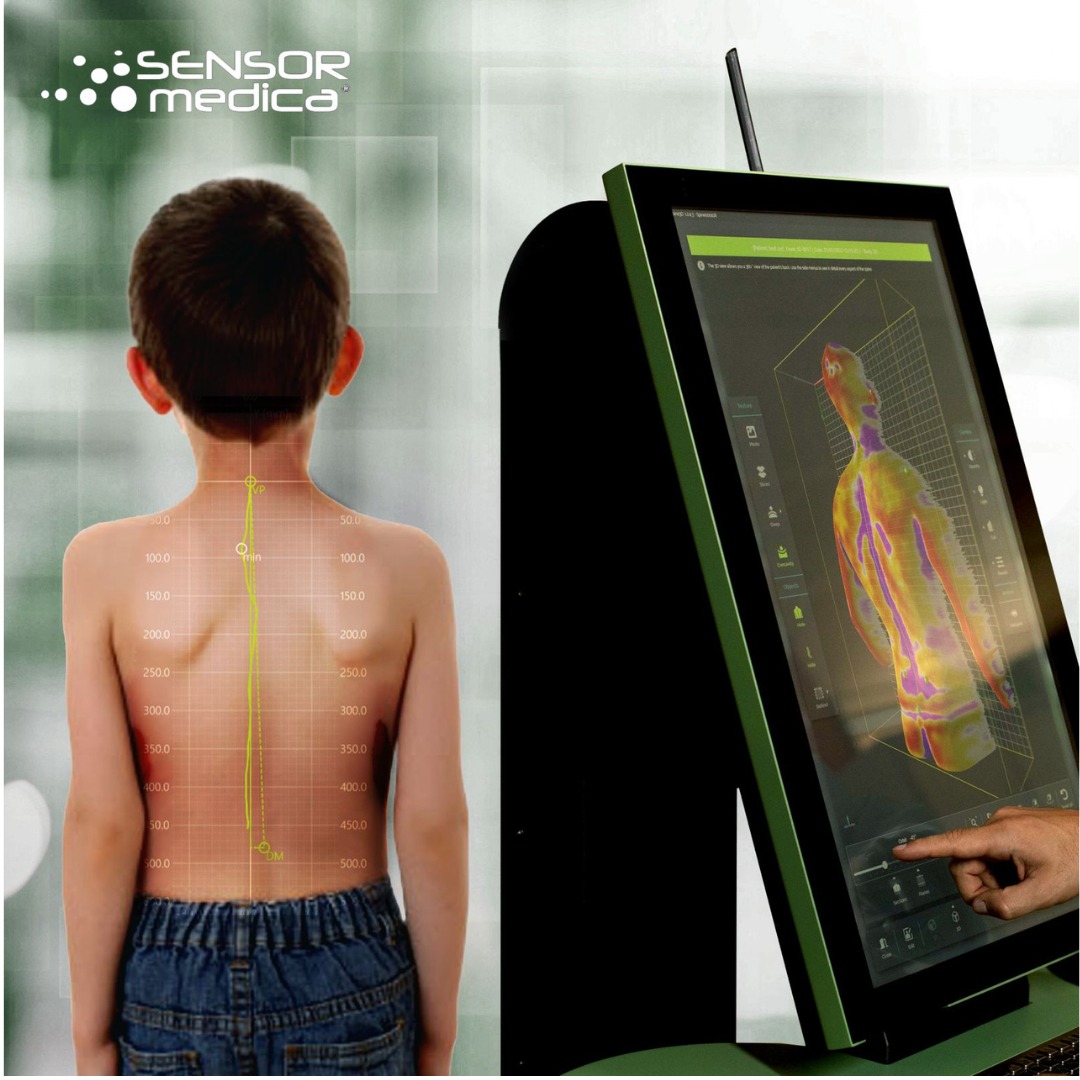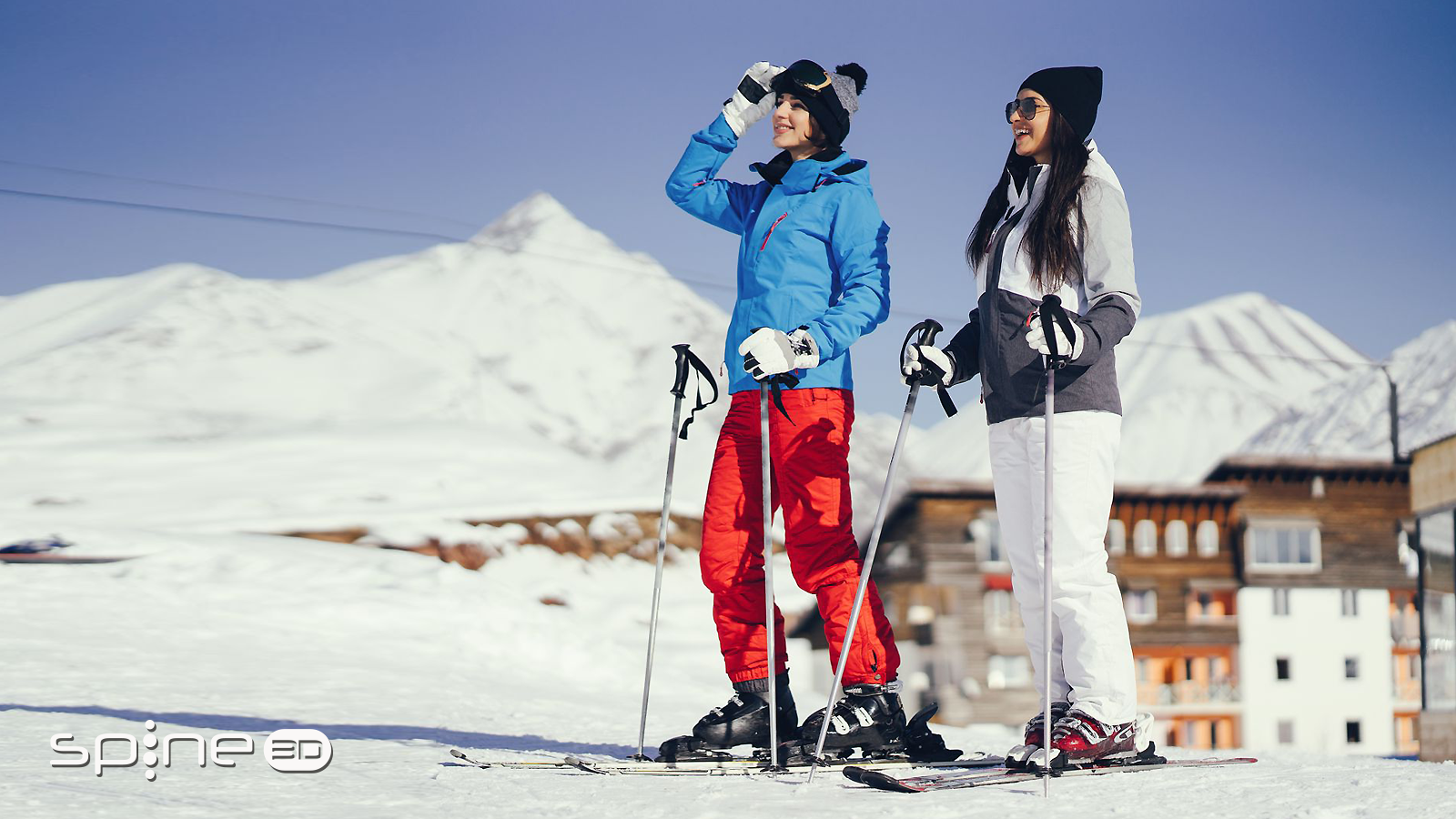
What do we mean when we talk about ‘posture’?
Very often we hear the term ‘posture’, but in practice, do we know exactly what we are referring to? In this first article of our new blog we want to take a few minutes to clarify this, because we will – of course – be talking about posture a lot in the months to come.
In a nutshell, when we talk about POSTURE we mean the position of individual body segments in relation to each other and their orientation in space.
Every time we perform a movement, we put in place a series of muscular actions with the ultimate goal of maintaining proper balance. We call these movements “adjustments” (or “postural responses”).
How 'postural responses' work
Our body is a very complex set of sensory receptors that continuously send information so that our motor system can react efficiently. This is what we call automatic compensatory (feedback) or anticipatory (feedforward) responses, and they occur not only in dynamic conditions, but also to maintain static positions. As anticipated, the main objective is to maintain equilibrium, a complex work that is structured on three different levels:
- Keeping the head and trunk on axis;
- Keeping the centre of gravity within the base of support;
- Stabilising body parts that act as support when others are in motion.
Keeping the head and torso on axis (reacting to gravity) is a less trivial process than you might imagine. Alignment is ‘managed’ by a series of reflexes (vestibular – linear and angular acceleration – and cervical – proprioceptive stimuli of muscles and joints) that are called into action by changes in head position (also in relation to the neck: bending and rotation). The brain coordinates a range of information (feedback circuits) and generates coordinated responses from the muscles of the arms, legs and neck with the ultimate aim of stemming misalignment (the consequence is a fall!).
How do we maintain balance?

It is all thanks to a series of information (sensory afferents) about the deviation of the correct (orthogonal) position of the body with respect to the ground. By balance we mean the ability to keep the centre of gravity within the base of support. And this, as already mentioned, occurs both in a static position and in movement. Which peripheral receptors send – and allow us to process – all this information?
They are the skin receptors (which process the torsion patterns on the skin of the feet), the muscular and articular proprioceptors (as already seen for head/torso alignment), the vestibular receptors (capable of suggesting the correct inclination of the body) and vision, which can process a lot of movement information. Obviously, everything is ‘managed’ by a series of control mechanisms at the behest of the brain.
Dynamic control between learning and automatism
We are not consciously aware of it, but every little voluntary motor act we perform, if not balanced by dynamic posture control, will inevitably lead to loss of balance. A series of mechanisms which, although similar to reflex responses, are subject to (and markedly conditioned by) a non-negligible component of learning. A concrete example can be traced right back to our childhood, when we learn to walk and therefore to manage, little by little, a series of information aimed at maintaining what we could call our first success. Riding a bicycle, after all, is part of the same type of balance ‘learning’ (those stimuli that we have defined as feedforward and that invite us to make corrections before falling to the ground!). Circuits that act under cortical control in the learning phase and under brain (and subcortical) control when they have reached full automatism.
Symptoms and prevention, to feel better

When we talk about posture we are therefore talking about our whole body, a series of reactions that we partly control and partly act autonomously. Sometimes effectively, sometimes less so. Posture is influenced in some way by our habits, the way we sit and move, and as a result problems of various kinds can arise: loss of muscle tone, trauma, joint problems…
This is why we should not neglect posture-related symptoms and seek the help of a specialist whenever possible. After all, today, with Spine 3D technology, it is possible to minimise direct exposure to potentially harmful rays, ensuring that everyone has safe and regular check-ups. Health and prevention first. I recommend.
Related Posts
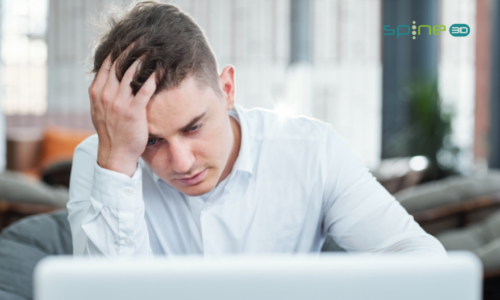
- admin
- April 20, 2022
Back pain, between stress and posture
Often there are elements that we do not put in close correlation, but that greatly affect our p ..
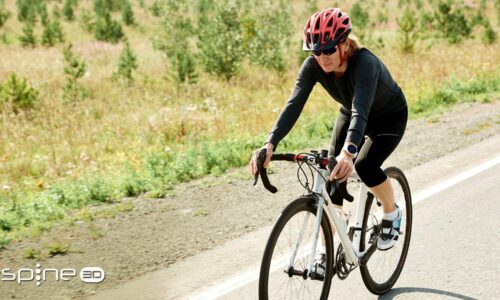
- admin
- November 22, 2023
Back pain and cycling
Just a few days ago, an important study, which you can find on the pages of Sensor Medica, inve ..

